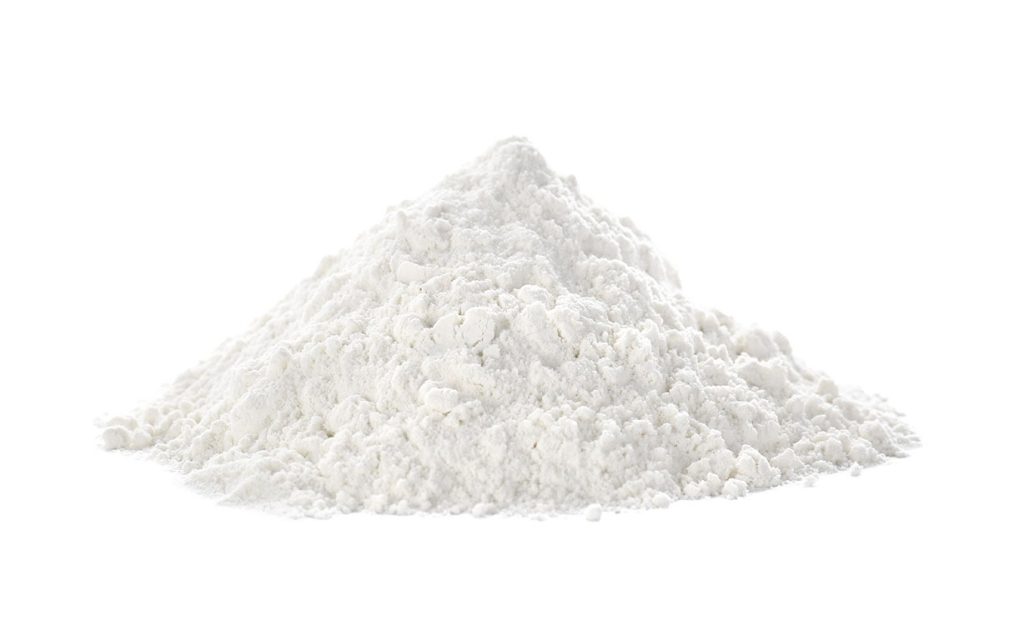Welcome to KIMA CHEMICAL CO., LTD, your trusted source for comprehensive insights into Cellulose ethers. In this article, we will explore what cellulose ethers are, their various types, how they are modified, and their diverse industrial applications. With a focus on clarity and professionalism, this article aims to provide you with an in-depth understanding of cellulose ethers and their significance in modern industries.
What Are Cellulose Ethers?
Cellulose ethers are a group of chemically modified cellulose derivatives, where hydroxyl groups in the cellulose molecule are replaced with ether groups. This modification enhances the physical and chemical properties of cellulose, making cellulose ethers highly versatile for a wide range of applications. Cellulose ethers are water-soluble or water-swellable polymers, valued for their thickening, binding, and film-forming abilities.
Types of Cellulose Ethers
There are several types of cellulose ethers, each distinguished by the chemical groups attached to the cellulose backbone. The main types include:
Hydroxypropyl Methylcellulose (HPMC)
HPMC is one of the most widely used cellulose ethers. It is favored for its excellent water retention, thickening, and emulsifying properties. HPMC is commonly used in construction materials like cement and plaster, as well as in pharmaceuticals as a controlled-release agent.
Methylcellulose (MC)
Methylcellulose is known for its unique gelation properties upon heating. It forms a reversible gel, making it useful in food products as a thickener and emulsifier, and in personal care products for texture enhancement.
Carboxymethylcellulose (CMC)
CMC is a water-soluble cellulose ether with anionic properties due to carboxymethyl groups. It is extensively used in the food industry as a stabilizer and thickener, in detergents as a soil suspender, and in oil drilling fluids for viscosity control.
Ethylcellulose (EC)
Ethylcellulose is a non-water-soluble cellulose ether, soluble in organic solvents. It is widely used in coatings, pharmaceuticals for sustained-release formulations, and in food coatings.
Modifications of Cellulose Ethers
Cellulose ethers can be chemically modified to improve specific properties, tailoring them to particular industrial needs.
Degree of Substitution (DS)
The degree of substitution refers to how many hydroxyl groups on the cellulose chain are replaced by ether groups. This influences solubility, viscosity, and thermal stability of cellulose ethers. A higher DS generally improves solubility and film-forming characteristics.
Molecular Weight
Controlling the molecular weight during production affects the viscosity and thickening power of cellulose ethers. Higher molecular weight grades provide better thickening and water retention.
Blending and Cross-linking
Blending different types of cellulose ethers or cross-linking them with other polymers can create customized materials with enhanced mechanical strength, water resistance, or controlled swelling.
Industrial Uses of Cellulose Ethers
The versatility of cellulose ethers has made them indispensable in various industrial sectors.
Construction Industry
In the construction industry, cellulose ethers improve workability and water retention in cement, mortar, and plaster. Hydroxypropyl methylcellulose (HPMC) is especially popular for its ability to maintain moisture and extend the working time of building materials.
Pharmaceutical Industry
Cellulose ethers are key excipients in the pharmaceutical industry. They are used in tablet coatings, binders, and as controlled-release agents, enhancing drug stability and bioavailability. Methylcellulose and ethylcellulose are common cellulose ethers utilized in this field.
Food Industry
As food additives, cellulose ethers serve as thickening agents, stabilizers, and emulsifiers. Carboxymethylcellulose (CMC) is widely used in beverages, bakery products, and dairy to improve texture and shelf life.
Personal Care Products
Cellulose ethers are also used in cosmetics and personal care products for their thickening, emulsifying, and film-forming properties. They help stabilize lotions, shampoos, and creams, providing a pleasant texture and consistency.
Oil and Gas Industry
In oil drilling operations, cellulose ethers improve the viscosity and stability of drilling fluids. This enhances the lubrication of drilling equipment and prevents fluid loss.
Paints and Coatings
Ethylcellulose and other cellulose ethers are essential in the manufacture of paints and coatings, providing improved viscosity control, film formation, and durability.
Advantages of Using Cellulose Ethers
- Biodegradability: Derived from natural cellulose, cellulose ethers are environmentally friendly.
- Non-toxicity: Safe for use in food, pharmaceutical, and cosmetic applications.
- Water retention: Helps maintain moisture in various formulations.
- Thickening and binding: Enhances texture and stability.
- Versatility: Wide range of chemical modifications allows for tailored applications.
Challenges and Future Prospects
While cellulose ethers offer many benefits, challenges remain in optimizing cost-effectiveness and enhancing performance for specialized applications. Research continues to explore novel modifications, sustainable production methods, and expanding industrial uses.
Conclusion
At KIMA CHEMICAL CO., LTD, we recognize the critical role cellulose ethers play across numerous industries. Understanding the types, modifications, and industrial applications of cellulose ethers is key to harnessing their full potential. These versatile materials continue to drive innovation in construction, pharmaceuticals, food, personal care, and beyond. Whether you are a manufacturer, researcher, or industry professional, cellulose ethers provide reliable solutions for your product development and manufacturing needs.
